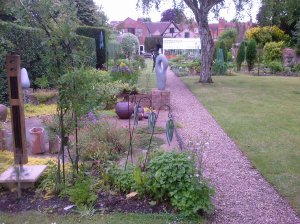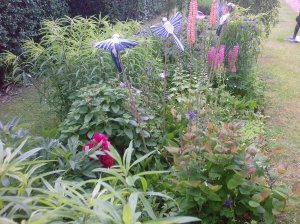The book Sophie’s World by Jostein Gaarder had been sitting on my bookshelf for years before I took it on my recent holiday. Not sure what compelled me to take it with me but I’m glad I did. It wasn’t a quick read, that’s for sure but worth finishing.
For me, the book has given me a new perspective on life. I’ve alway asked many questions about my/our existence – who are we, do we have a soul, where do we come from? What a relief it was to find these are normal philosophical questions.
One thing that sat firmly in my memory from the book was the chapter about Darwin, but more specifically neo-Darwinism and the natural law of adaption – in the 18th century a butterfly called the peppered moth which was silver grey lived and thrived on silver birch trees. From time to time darker mutated variations of the butterflies were born which were black but didn’t survive nearly as well as they weren’t camouflaged like the silver ones. But then, for a while during the industrial revolution, in several places, the birch trees got blackened by industrial soot and the mutated black butterflies ended up thriving. Of course this was reversed when there was a reduction in the use of coal and cleaner factories.
Sometimes mutations can be harmful – many diseases are due to mutations but a mutation can also provide an extra positive characteristic that enables it to survive. Darwin believed that the giraffe’s long neck was the result of a variation.
So, the way I see it, the environment has had a huge impact on the development of cells and species. Okay you might be saying, isn’t that obvious? But I mean to say, strength alone, or speed, or agility are not necessarily key factors in survival. Is it really survival of the fittest, or survival of the better ‘camouflaged’?
For me, anyway, I felt a sense of relief because the way I see it, there is no right or wrong, things just are, and things survive not because they are ‘better’ by our human reasoning, but simply because they have adapted to their environment.
Of course a man-made environment that has caused an ecocatastrophe is seen in agriculture – pesticides wipe out all pests even the ones unthreatening to the crops. But due to continual mutations a type of pest develops that becomes resistant to the pesticide.
So what’s the answer?


